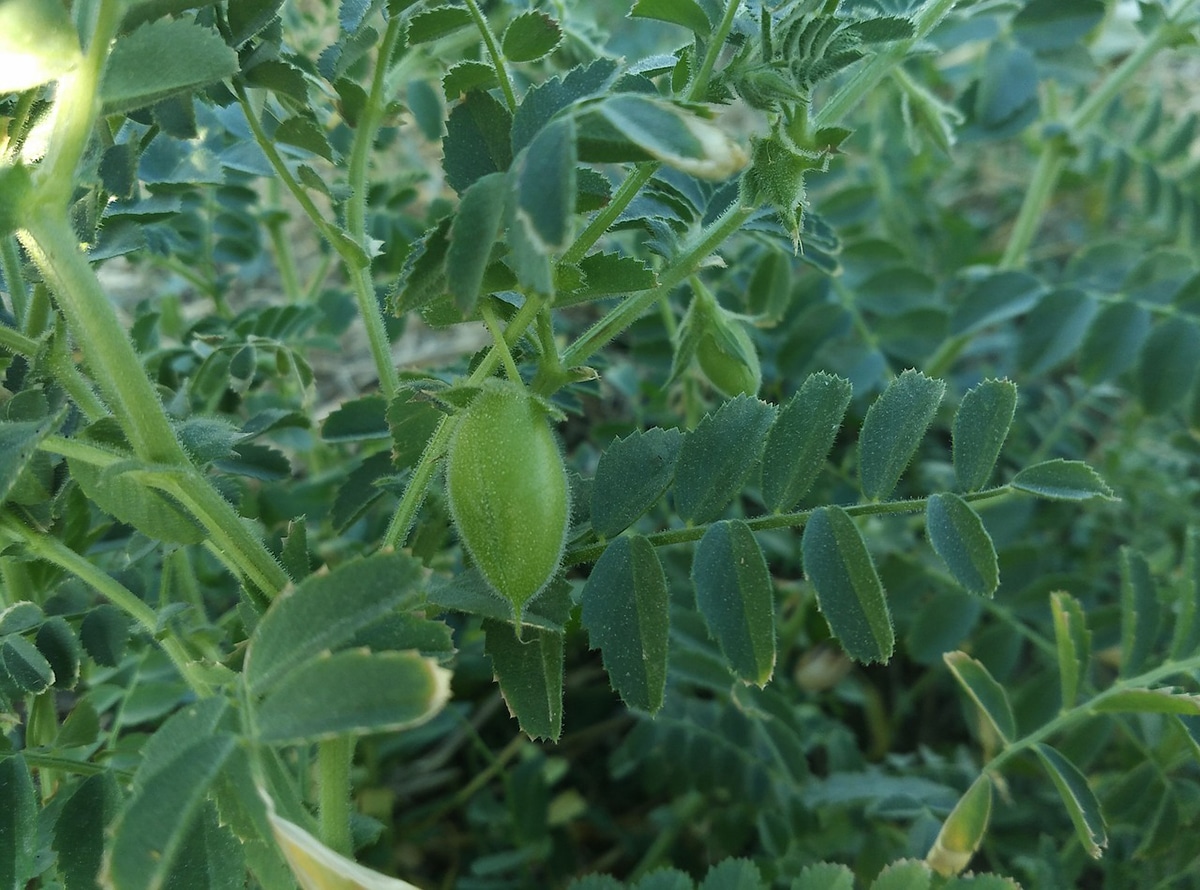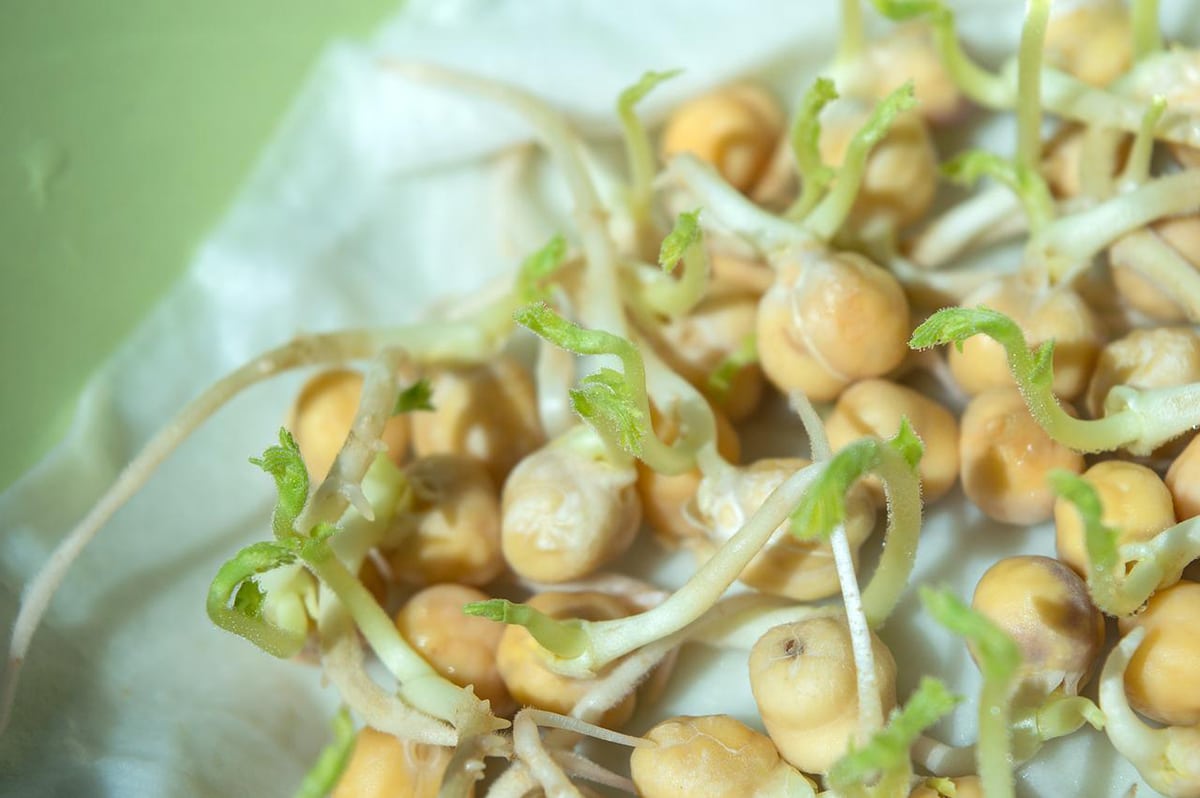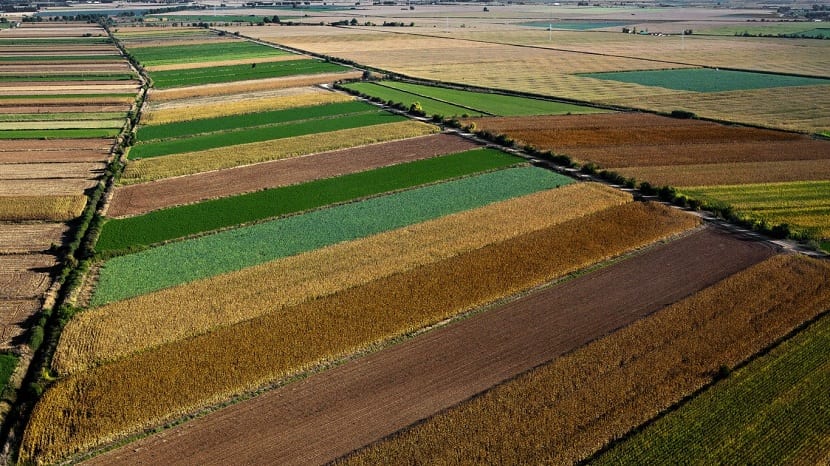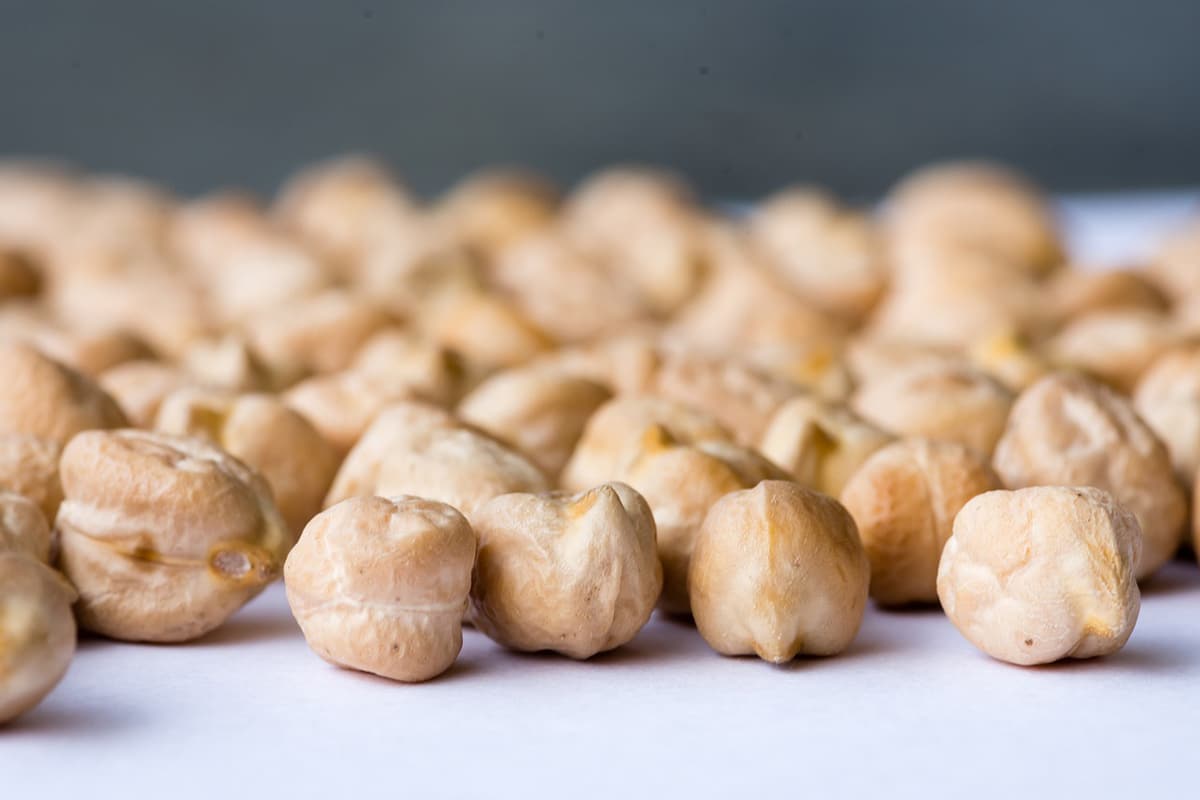
Of Turkish origin, chickpeas are annual plants that are very rich in starch, fiber, phosphorus, protein and vitamins. These legumes are very popular in gastronomy, thanks to all their nutrients and their flavor. In addition, chickpeas are a great help in regulating blood sugar levels and keeping blood pressure stable. Therefore, it is not surprising that this legume is very popular in the garden, which is why we will explain how to plant chickpeas
When it comes to growing these legumes, it should be noted that the procedure is very similar to that of other legumes. However, in this article we will explain when and how to plant chickpeas, indicating each step we must follow to do it correctly. We will also comment on how to harvest them, so that no information is missing. Do not hesitate to continue reading if you want to grow your own chickpeas.
How and when to plant chickpeas?

In the event that we have decided to grow chickpeas, it is essential that we know how to do it, when to plant them and what requirements must be met. The sowing time of this legume It is in spring, specifically in the months of April and May. Since it does not take transplants very well, it is best to sow the chickpeas directly in the ground. It is important that the land we choose for this is well exposed to the sun, as these vegetables need a lot of light to develop and grow.
Although it is true that chickpeas tolerate some cold, its ideal climate is warm or temperate. For optimal growth of these legumes, the temperature must range between 25ºC and 35ºC. In the event that temperatures are lower, germination will take longer to take place.
Regarding the soil, chickpeas prefer the aerated and well-tilled land. The substrate is better if it is siliceous-clayey and lacks gypsum. This last piece of information is very important, since soil with gypsum can cause the entire chickpea crop to be of poor quality and difficult to cook. It can also negatively affect plants if the soil contains organic matter that has not fully broken down. As for the pH, for chickpeas the ideal ranges between 6.0 and 9.0. However, it is important to note that substrates with high levels of acidity can cause diseases.

In addition, it is recommended not to grow chickpeas on the same land again, unless they have passed at least four years. It must be said that these vegetables associate very well with garlic, broccoli, Swiss chard and eggplant, for example.
Although chickpeas resist drought very well, constant watering considerably increases both quality and production yield. That is to say: In general, the water that these plants obtain from the rain is usually enough for them to grow and develop correctly, but watering them with a certain constancy will improve the crop.
How long does it take for a chickpea seed to germinate?
After having planted the chickpeas, their seeds will begin to germinate in about twelve days. However, we will not be able to harvest these delicious legumes until about six months after they are planted. We will know that the plant is ready for harvest when its leaves turn yellow. It should be noted that, at this point, the chickpeas are still green.
How to plant chickpeas step by step
Now that we know a little more about growing these legumes and their needs, let's see how to plant chickpeas step by step:
- Clear the ground: First we must remove all the remains of plants and weeds from the ground, extracting them from the root. This will ensure that they do not grow again and that the chickpeas receive all the nutrients they require. Then you have to remove the soil with a rake to ventilate it.
- Preparing the terrain: It is best to moisten the soil before introducing the seeds into the soil. Otherwise, we run the risk that the water expels the seeds due to the force of the irrigation. It is also important to fertilize the soil. To do this we must mix the fertilizer five centimeters deep. In the event that we have grown cereals on the same land, it is not necessary to add fertilizer.
- Introduce the seeds: When the ground is ready, it's time to form ditches every 45 centimeters. Each of them must contain mounds of earth with a distance of thirty centimeters between each one. We will introduce two or three chickpea seeds in each mound. They should reach a depth of four to five centimeters. Afterwards, all that remains is to cover them with a little soil and water the soil with plenty of water.
- Select the strongest and healthiest seedlings: Twelve days after sowing, the seeds will have already germinated. In the event that there is more than one seedling in a hole, we must keep the one that is stronger. It is not necessary to pull the weak seedling, with a pruning at ground level is more than enough to avoid damaging the leaves.
Chickpea harvest

As we have already mentioned before, chickpeas are ready to be harvested when they are still green and their leaves turn yellow. Generally, the harvesting of these legumes It is usually done manually. It is very simple, because we only have to cut the vegetables a little above the ground level. Then we have to stack them and let them dry for a week before threshing them. After having harvested the chickpeas, we can keep them in a well-ventilated and dry place. Another option is to put them in glass containers and refrigerate them.
We already know everything necessary about how to plant chickpeas, we only have to get down to work. It is highly recommended to have these legumes in the garden, as they are easy to grow and very rich in nutrients. In addition, they are perfectly preserved and we can take advantage of them throughout the year: In winter we can make chickpeas with soup or stew, and in summer some delicious chickpea salads with tomato and tuna, for example.